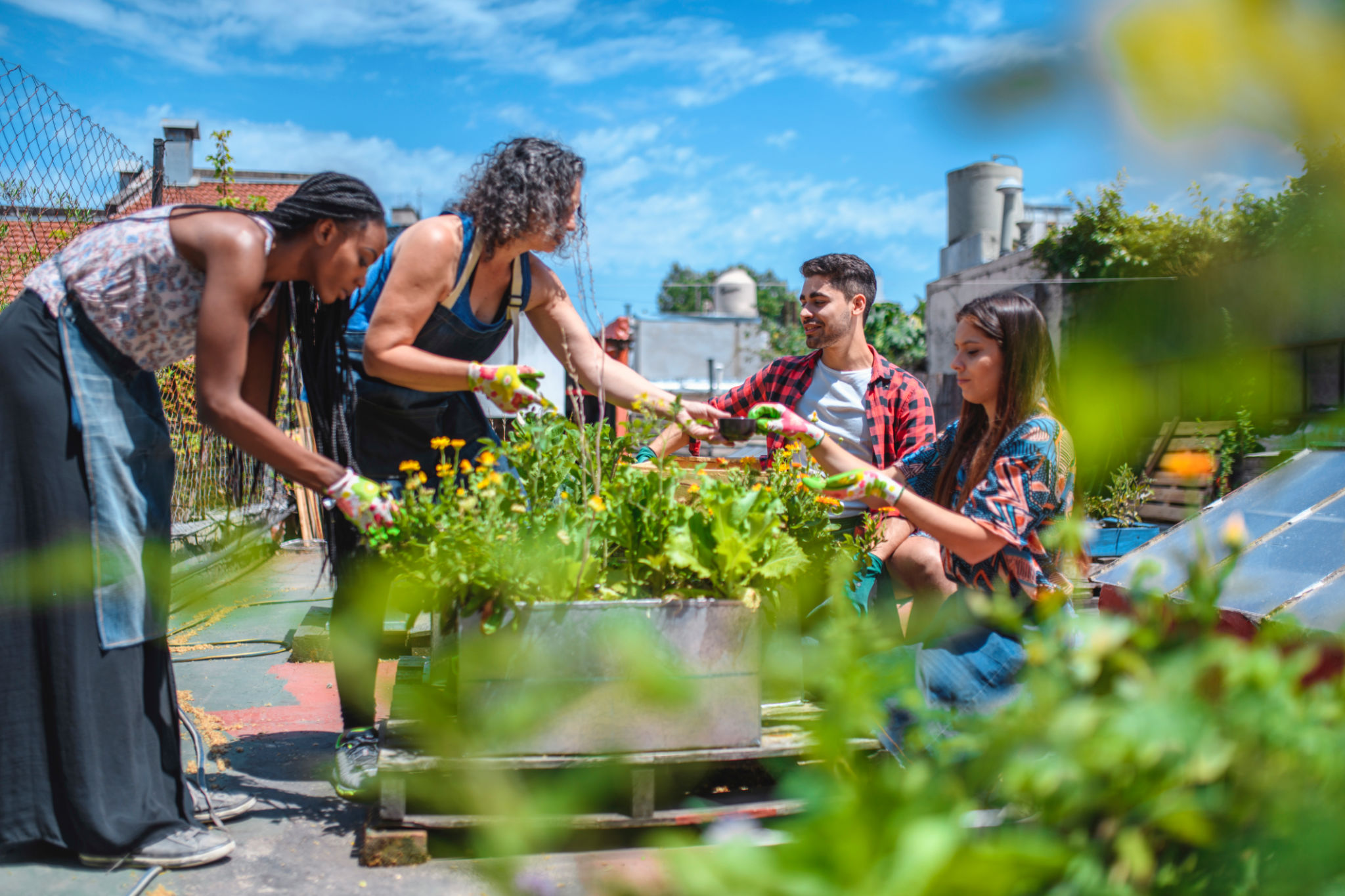Houston's Urban Farming Trend and Its Impact on Homebuyers
Houston is witnessing a growing interest in urban farming, a movement that's reshaping residential living and influencing homebuyer preferences. This trend aligns with the broader appeal of green living real estate, emphasizing sustainability, community engagement, and access to locally sourced produce.
The Rise of Urban Farming in Houston

Urban farming in Houston encompasses community gardens, cooperative farms, and residential spaces dedicated to agriculture.
Developments like Harvest Green in Richmond exemplify this movement. Established in 2015 as Houston's first "agri-hood," Harvest Green integrates a 12-acre working farm into its residential community. Residents can participate in farming activities, join farm clubs, and enjoy fresh produce from on-site farmers markets.
Similarly, the Indigo community in Fort Bend County emphasizes walkability and communal living, attracting homebuyers interested in sustainable lifestyles. Since sales began in June 2024, Indigo has seen significant interest, with 120 sales and 110 homes under construction by February 2025.
Impact on Homebuyers

The integration of urban farming into residential communities offers several benefits that appeal to modern homebuyers:
- Sustainability: Access to locally grown produce reduces carbon footprints and promotes eco-friendly living.
- Community Engagement: Shared agricultural spaces foster neighborly interactions and a sense of community.
- Health and Wellness: Proximity to green spaces and fresh produce contributes to healthier lifestyles.
These factors align with the increasing demand for green living real estate in Houston. Homebuyers are showing a preference for properties that incorporate eco-friendly features and sustainable practices.
Challenges and Considerations
Despite the enthusiasm, urban farming in Houston faces challenges. Access to land within city limits is a significant hurdle for urban farmers. The high costs of local agriculture make securing land near impossible, leaving farmers to rely on public and private benefactors to donate land. citeturn0search2
Additionally, while developments like Harvest Green have thrived, integrating agriculture into residential communities requires careful planning and investment. Developers must balance the costs and benefits to create sustainable and attractive neighborhoods.
Conclusion
Houston's urban farming trend is more than a passing movement; it's reshaping the city's residential landscape and influencing homebuyer preferences. As sustainability and community engagement become increasingly important, developments that integrate agricultural elements are likely to grow in popularity. Homebuyers seeking green living real estate will find these communities align with their values, offering a harmonious blend of urban convenience and rural charm.
For a visual insight into urban farming initiatives in Houston, you might find the following video informative:
